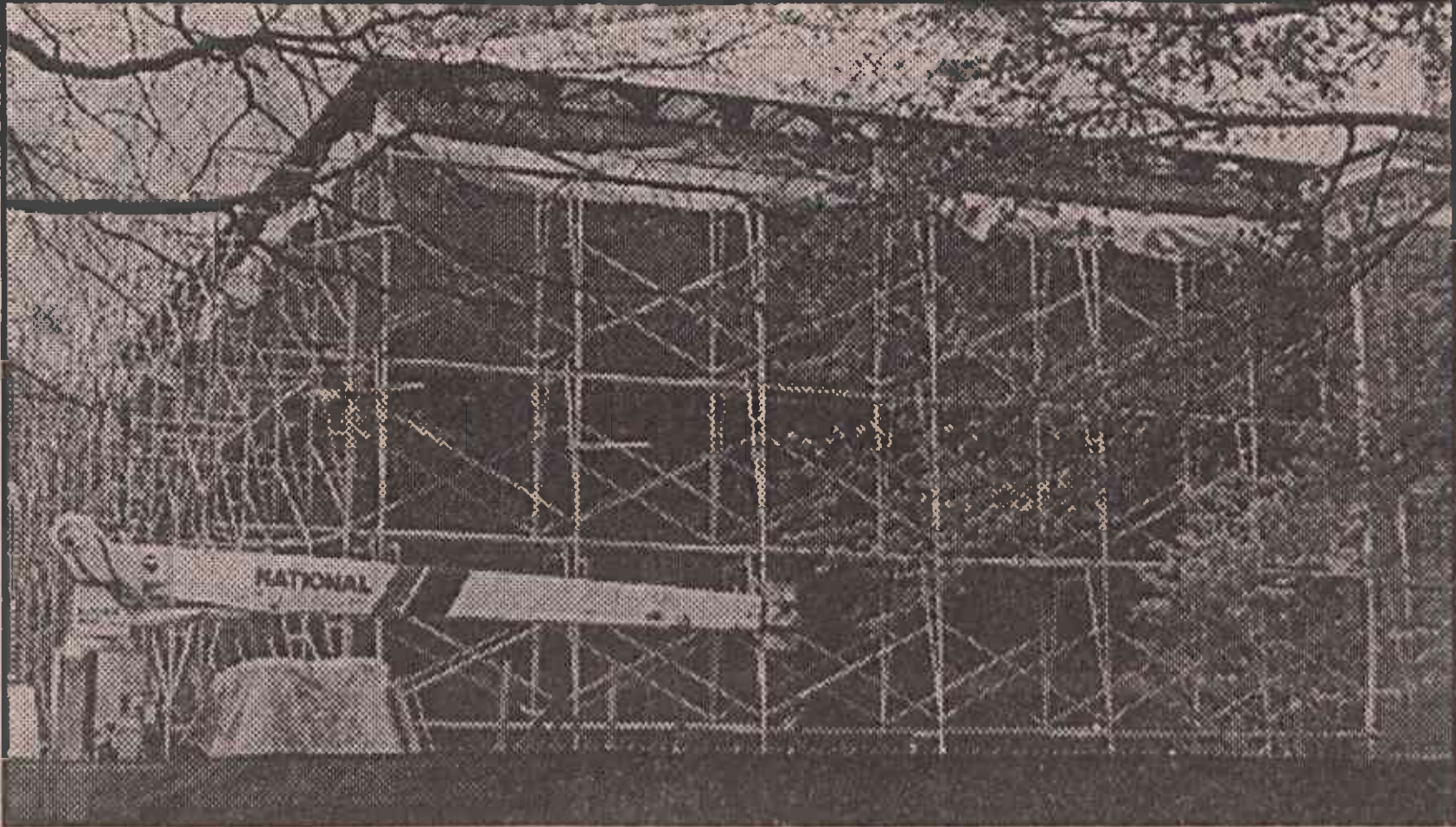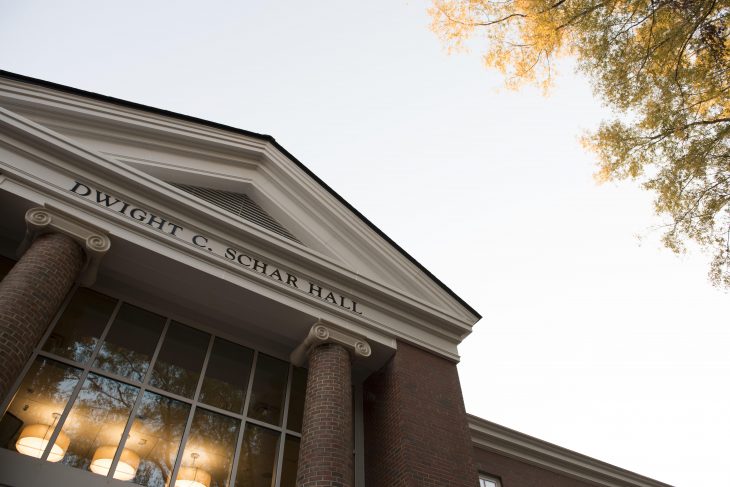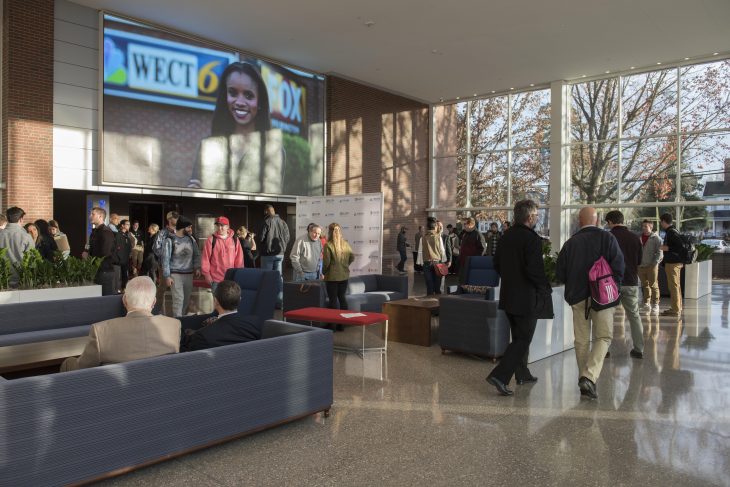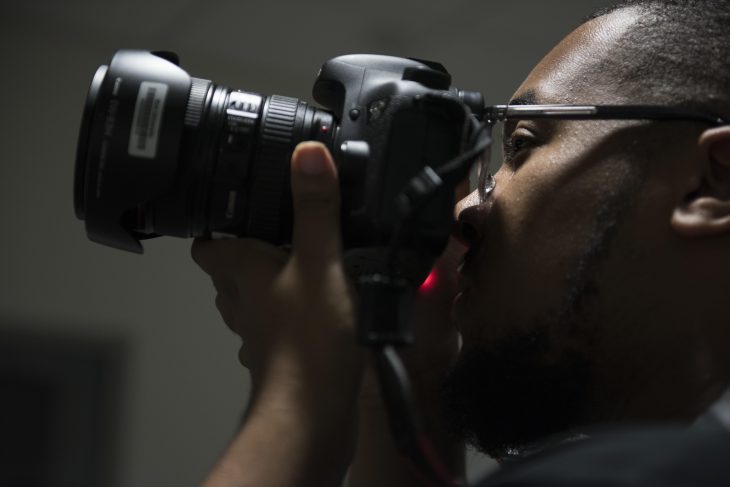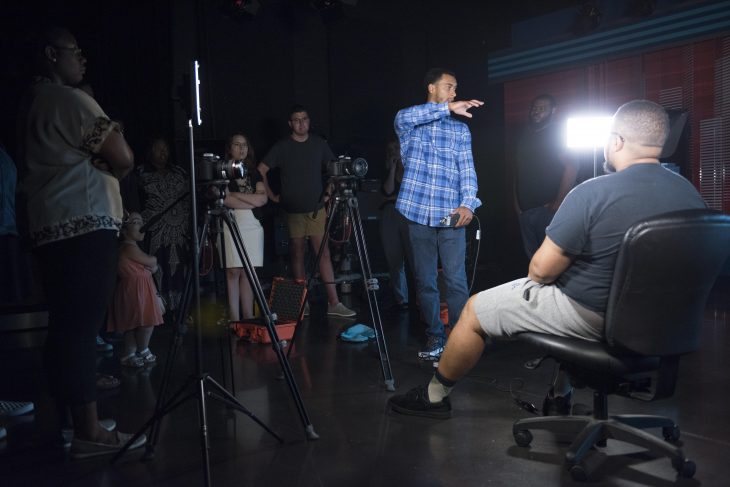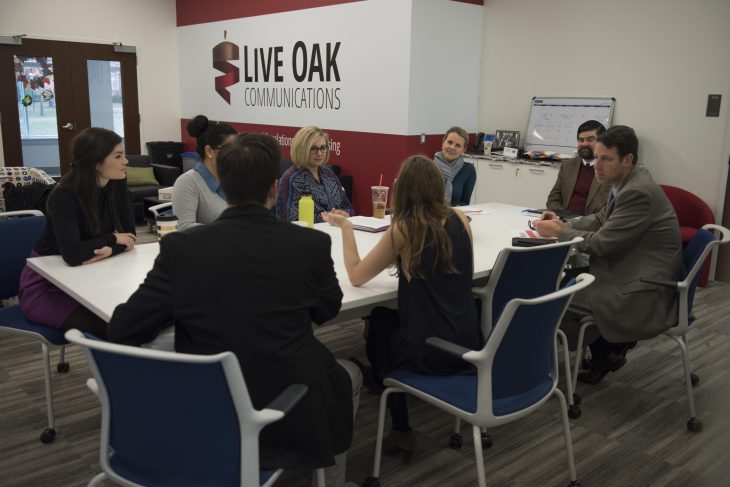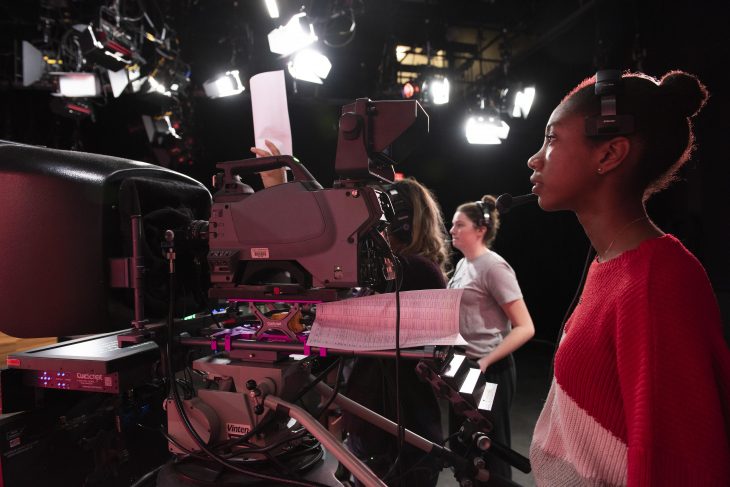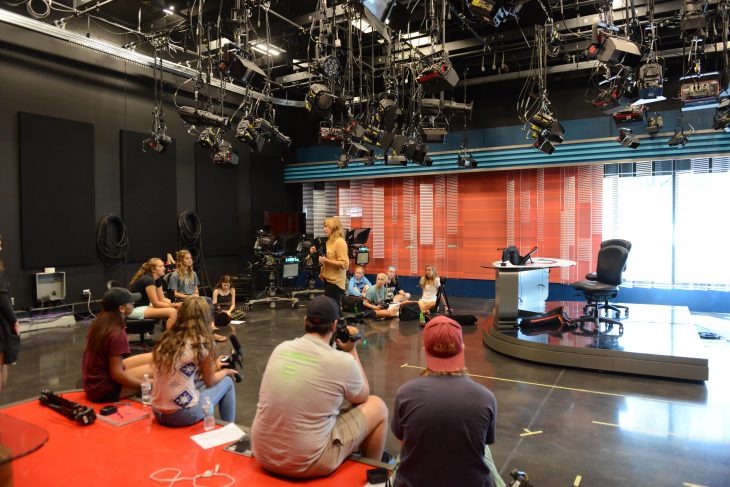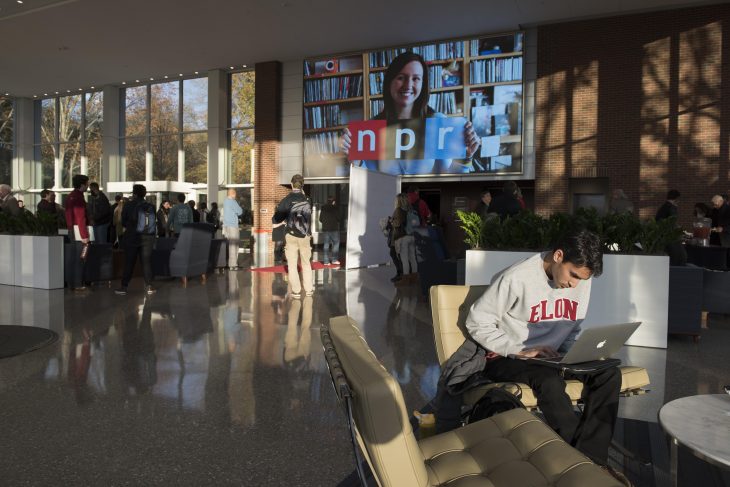In this edition of #ElonTBT, we highlight a faculty-led shift in curriculum that opened the door for today's School of Communications.
In the #ElonTBT series, the Elon University News Bureau, along with Archives & Special Collections, will flash back to the past to take a look at Elon over the years. You will find videos, newspaper clippings, photos and more to celebrate Elon’s past, while looking ahead to the future. Follow along on Today at Elon and the university’s Twitter, Facebook and Instagram pages every Thursday to see what we dig up.
Thirty-five years ago, Elon faculty proposed a change to the curriculum that would go on to impact the experiences and careers of students for decades to come.
In 1985, faculty suggested and later approved two new majors – journalism and mass communications. The separate majors replaced Elon’s former journalism-English major and offered students new opportunities in print, broadcast and other forms of media.
“The college has made a big commitment to these areas, and we have the facilities for all aspects of communications,” said then-Dean of Academic Affairs Gerald Francis in the Feb. 7, 1985, edition of The Pendulum student newspaper. “The faculty people in the communications division need to be applauded for their foresight in establishing these two major areas.”

Along with the new majors, Elon faculty approved new courses in television production and television writing, as well as computerized typesetting equipment that allowed student journalists to produce entire editions of The Pendulum on campus.
In 2000, the Department of Journalism and Communications took another step forward as it officially became the School of Communications. The change included moving the school to McEwen, the former campus library that had become vacant following the construction of Carol Grotnes Belk Library. McEwen offered new opportunities for growth, including the construction of new television studios, further expansion of the school’s curriculum and the purchase of new tools to enhance the learning experience.
The School has since expanded to include the two-story Dwight C. Schar Hall, the Snow Family Grand Atrium, Steers Pavilion and Long Building, which is home to Elon’s Master of Arts in Interactive Media program and Sport Management Department.
Elon’s School of Communications was accredited by the Accrediting Council on Education in 2006, becoming the third North Carolina school and the only private institution in the state to be accredited by the council.
Today, the School of Communications is home to 1,300 students and more than 80 faculty and staff. Students are exposed to opportunities in news, interactive media, television, public relations, advertising, web design, screenwriting, film production, photojournalism and sport management.
Do you have any special pieces of Elon history? Share your photos and videos with us via email at news@elon.edu or using the hashtag #ElonTBT on Twitter, Facebook and Instagram.



